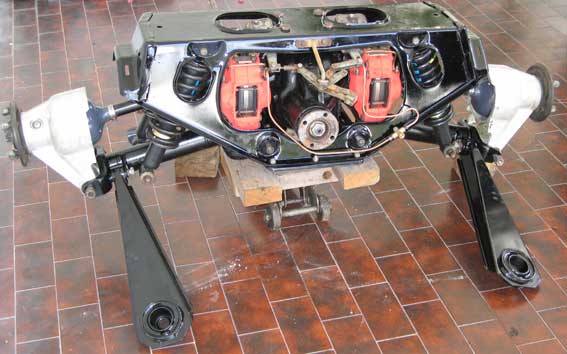My brother and I helped Dad with a brake job on the tractor. Each axle weighs about 500lb, and the brake discs are up next to the differential, not out at the wheel hub. So, to change them, you’ve got to remove each axle from the tractor’s central case. Tractors are far simpler than automobiles, but they are a lot heavier.
Pictures for your enjoyment.





